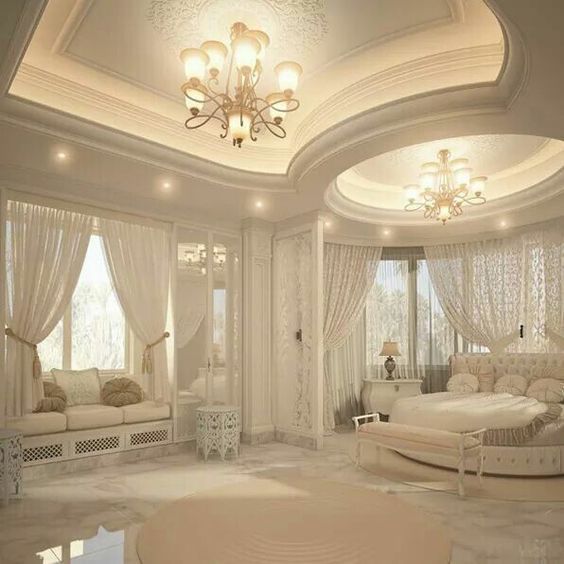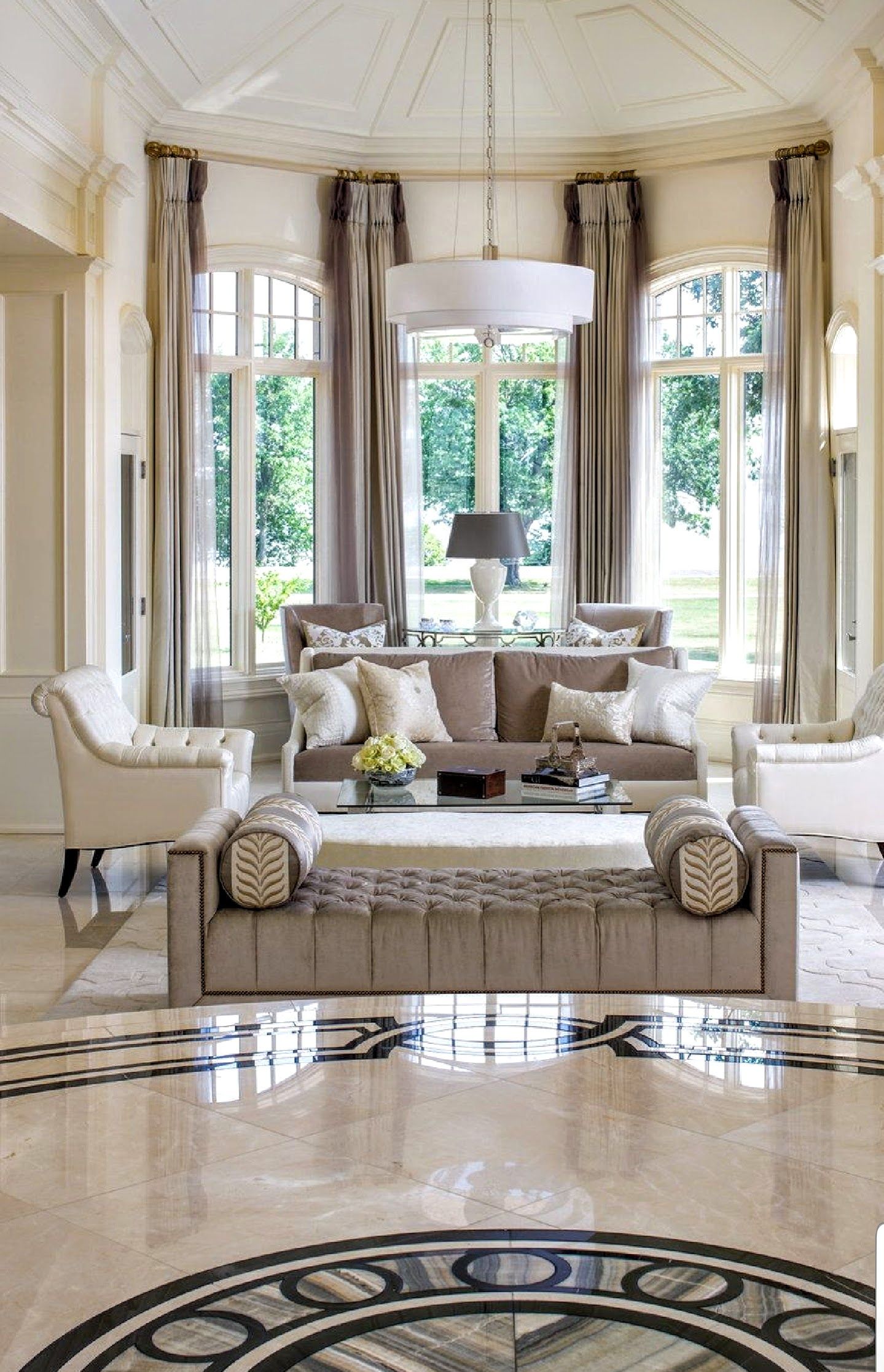Designing a home sanctuary is an exciting and fulfilling endeavor. It provides an opportunity to create a space that reflects your style and caters to your needs through restoration, relaxation, and the renewal of your happy being. However, before diving headfirst into redecorating or renovating, it is important to create a comprehensive plan to ensure a cohesive and successful outcome.
List of Services
-
1. Assessing Your NeedsList Item 1
Start by thoroughly evaluating how you currently use your space and identifying any areas that require improvement. Take note of the activities you engage in, the functionality of the existing layout, and the storage options available. Are you lacking storage space for your belongings? Do you need a dedicated workspace that promotes focus and productivity? Would you like to create a more open, airy layout that maximizes natural light? Understanding your needs will allow you to prioritize your goals and allocate resources accordingly.
-
2. Defining Your StyleList Item 2
Consider what aesthetic appeals to you the most and aligns with your personality and lifestyle. Are you drawn to minimalistic and modern designs, or do you prefer a cozy and traditional ambiance that provides warmth and comfort? Look for inspiration in magazines, online platforms, and even in nature. Collect images, create mood boards, and jot down keywords that resonate with you to help you visualize your desired style.
Furthermore, consider the function of the space and how different design elements can contribute to your well-being. For instance, incorporating biophilic elements, such as indoor plants or natural materials, can foster a connection with nature and promote a sense of tranquility. Meanwhile, selecting a color palette that promotes relaxation, such as soft blues or earthy neutrals, can help create a calming environment.
-
3. Setting A BudgetList Item 3
Establishing a budget is crucial to avoid overspending and make informed choices about where to allocate your resources. Determine how much you are willing to invest in your home sanctuary, including furniture and decor and any necessary renovations or repairs. Research the costs associated with your desired design choices and prioritize your spending according to your needs and wants. This will help guide your decisions and ensure a realistic outcome that aligns with your financial resources.
-
4. Planning the LayoutList Item 4
Consider the flow and functionality of your space when planning the layout. Take accurate measurements of the room or rooms you wish to transform and create a scaled floor plan. Pay attention to the architectural features, such as windows, doors, and electrical outlets, as these will affect the furniture placement and the overall design. Plan for efficient circulation, ensuring ample space to move around and that furniture placement promotes an inviting and comfortable atmosphere.
-
5. Researching and Sourcing
Once you have a clear vision and established budget, it's time to research and source the necessary materials and furniture pieces. Look for sustainable and eco-friendly options and items that align with your style preferences and budget constraints. Consider the quality and longevity of each item to ensure a durable and lasting investment. Take your time during this stage to make informed choices and compare prices from different suppliers to find the best value for your money.
Additionally, explore the world of local artisans and independent designers who offer unique and handmade items. Supporting local businesses not only adds a personal touch to your sanctuary but also contributes to a more sustainable and ethical approach to design.
-
6. Incorporating Storage Solutions
Organization is key to maintaining a peaceful and clutter-free environment in every home sanctuary.
Integrate clever storage solutions into your design plan to maximize functionality and minimize visual distractions. Consider utilizing underutilized spaces such as walls or awkward corners with built-in shelving, hidden cabinets, or multifunctional furniture. Incorporate modular storage units and organizers that can adapt to your changing needs. This will keep your space tidy, enhance the overall aesthetic appeal, and create a sense of calm and order.
-
7. Seeking Professional Advice
Don't hesitate to seek professional advice if you feel overwhelmed or unsure about certain aspects of your plan.
Interior designers like Pamela at Pamela's Design Creations can provide valuable insights and assist in bringing your vision to life. They can offer suggestions, help troubleshoot challenges, and ensure that your home sanctuary is both aesthetically pleasing and structurally sound. Additionally, professionals can access a network of suppliers and resources to help you find unique, high-quality materials within your budget.
Creating a comprehensive plan for your home sanctuary is crucial to achieving a space that truly reflects your personal style and promotes a sense of relaxation and well-being. By assessing your needs, defining your style, setting a budget, planning the layout, researching and sourcing, incorporating storage solutions, and seeking professional advice when needed, you will be well on your way to designing a beautiful and harmonious sanctuary that you can enjoy for years to come.





